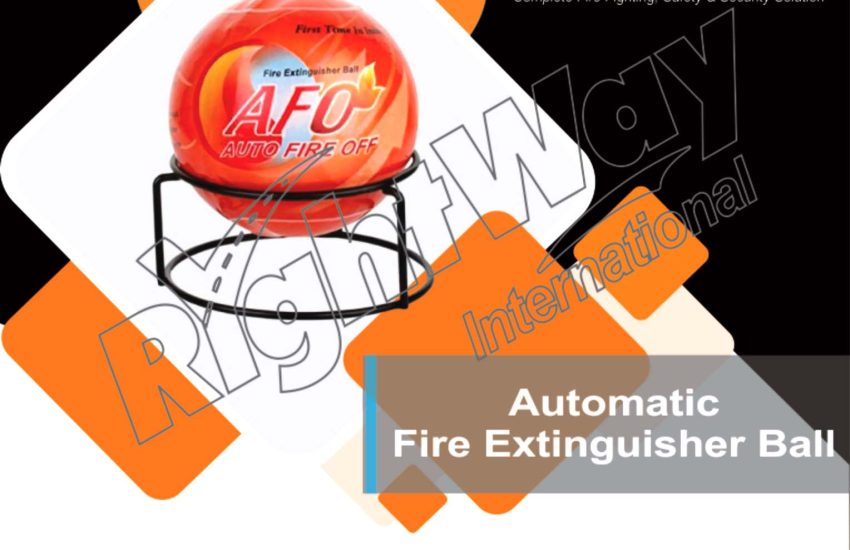fire ball is an innovative fire suppression device designed to detect and extinguish fires automatically. When exposed to flames, it bursts and releases a fire-suppressing agent that immediately tackles the blaze. This self-activating design makes it a valuable tool in environments where quick fire response is essential.
Types of Fire Balls
1. Dry Chemical Fire Balls
These fire balls are filled with dry chemical agents like mono-ammonium phosphate or sodium bicarbonate. They effectively combat Class A (ordinary combustibles), Class B (flammable liquids), and Class C (electrical) fires. Due to their versatility, dry chemical fire balls suit a wide range of settings, including homes, offices, and factories.
2. Foam Fire Balls
Foam fire balls use a foam-based suppressant, ideal for Class A and B fires. The foam forms a barrier between the fuel and oxygen, smothering the flames and preventing re-ignition. They are especially useful in areas where flammable liquids are stored.
3. CO₂ Fire Balls
Filled with carbon dioxide, these fire balls work well against Class B and C fires. CO₂ doesn’t conduct electricity and leaves no residue, making this type perfect for electrical rooms, data centers, and server racks.
Benefits of Using Fire Balls
1. Automatic Activation
Fire balls trigger automatically upon flame contact. This rapid response significantly reduces the risk of the fire spreading and causing serious damage.
2. User-Friendly Operation
Anyone can use a fire ball—no special training is needed. You can either place it near fire-prone areas or throw it directly into the fire, making it an effective tool for both professionals and laypersons.
3. Versatile Applications
Depending on the extinguishing agent, fire balls can handle various fire types. This flexibility allows them to be used in diverse environments—from homes and offices to factories and vehicles.
4. Compact and Lightweight
Because fire balls are small and light, they’re easy to install and access. Their unobtrusive size means they fit into tight spaces, where traditional extinguishers might be impractical.
Common Applications of Fire Balls
1. Residential Settings
Install fire balls in kitchens, garages, and utility rooms to suppress fires quickly and effectively, especially when no one is present to react immediately.
2. Commercial Spaces
Offices, retail stores, and warehouses benefit from fire balls placed near electrical panels, kitchens, or flammable materials, offering a first line of defense against unexpected fires.
3. Industrial Environments
Factories and workshops often deal with flammable chemicals and electrical equipment. Fire balls act as standby fire suppression tools to control small outbreaks before they escalate.
4. Vehicles and Marine Vessels
In cars, trucks, boats, and yachts, fire balls provide reliable and fast suppression in case of an engine or electrical fire, improving safety for passengers and crew alike.
Maintenance Guidelines for Fire Balls
1. Perform Regular Inspections
Routinely check the fire balls to ensure they remain undamaged and properly positioned. Replace any that show signs of wear or tampering.
2. Replace After Use or Expiry
Always replace a fire ball once it’s been activated. Also, observe the manufacturer’s expiration date, as the chemical agents can degrade over time.
3. Store Properly
Keep fire balls in easily accessible places, away from extreme heat, moisture, or direct sunlight. Ensure they remain undisturbed and intact.
4. Follow Testing Recommendations
Some models may require periodic testing. Refer to the manufacturer’s manual to determine whether testing is necessary and how it should be done.
Conclusion
Fire balls are a practical, efficient, and innovative solution for fire suppression. Their automatic activation, ease of use, and wide applicability make them an excellent addition to any fire safety plan. By understanding the different types and maintaining them properly, you can boost your fire protection measures across residential, commercial, industrial, and vehicle settings. With fire balls in place, you gain valuable time and protection during critical fire emergencies.


